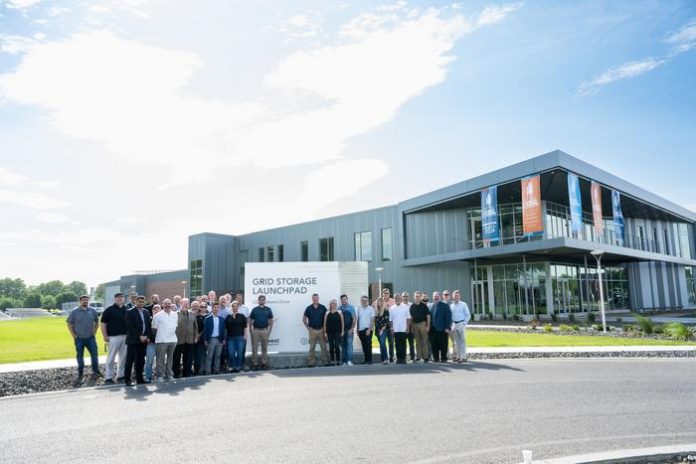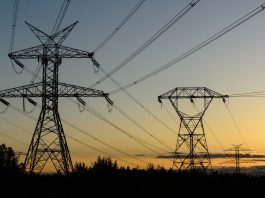The United States Department of Energy (DOE) has announced the opening of a cutting-edge facility at Pacific Northwest National Laboratory (PNNL) to revolutionise energy storage technologies.
This state-of-the-art, 93,000-square-foot research facility, known as the Grid Storage Launchpad (GSL), is set to play a pivotal role in developing advanced energy storage technologies that will fortify the nation’s electrical grid and support the growing demand for electrified transportation.
Laboratory Director Steve Ashby explained: “SL will house some of the world’s most accomplished scientists and engineers from PNNL, other national labs, academia, and industry—working together to develop real-world solutions that will benefit our nation and the world.”
Driving energy storage innovation through collaboration
The new facility, funded by DOE’s Office of Electricity in collaboration with the Office of Science, consolidates PNNL’s energy storage researchers under one roof.
The GSL is set to become a hub for innovation, fostering collaboration between research institutions, industry partners, and government agencies.
Researchers will focus on developing and validating new battery chemistries, materials, and systems, all while testing these advancements under real-world conditions.
Vince Sprenkle, the first director of GSL and a leading energy storage expert, emphasised the facility’s integrated approach: “GSL is truly an integrated facility that incorporates everything from fundamental materials research to testing 100-kilowatt batteries.
“Energy storage will be a significant part of a resilient and reliable grid that’s fully decarbonised, and GSL will help us get there.”
Pioneering energy storage technologies for a sustainable future
The launch of GSL comes at a critical time as the US seeks to achieve its clean-energy goals and modernise its energy infrastructure.
Advanced energy storage technologies are essential for stabilising the grid, particularly as renewable energy sources like solar and wind become more prevalent.
GSL’s unique capabilities will enable the rigorous evaluation of new battery materials and systems, accelerating their development and deployment.
The facility is particularly well-suited for exploring alternatives to current critical materials, with researchers set to investigate new battery chemistries utilising Earth-abundant elements such as carbon, sodium, iron, and zinc.
These elements hold promise for long-duration grid energy storage systems, including flow batteries, which are emerging as a key solution for ensuring grid reliability.
Education and collaboration at the core of GSL’s mission
Beyond its research initiatives, GSL will serve as an educational centre, providing training for technicians, first responders, grid operators, and safety officials.
This focus on education highlights the importance of collaboration among national laboratories, utilities, academia, industry, and government to address the challenges and opportunities presented by energy storage technologies.
“This new Grid Storage Launchpad is where we will transform the energy storage industry, which is key to modernising the US electric grid,” said Geri Richmond, DOE Under Secretary for Science and Innovation.
“The scientists and researchers who test everything from smaller prototype batteries to large, grid-scale battery systems will lead us forward into a new world where energy storage is safer, more durable, and more affordable.”
A vision for a cleaner energy future
The GSL facility, which will house 30 laboratories and approximately 100 researchers, represents a significant investment in the nation’s energy future.
With funding from federal sources, Battelle, PNNL, and the state of Washington, the project underscores a shared commitment to advancing energy storage technologies.
As the nation moves toward a cleaner, more resilient energy system, the work conducted at GSL will be crucial in ensuring that new battery technologies meet industry needs and contribute to a more sustainable future.









